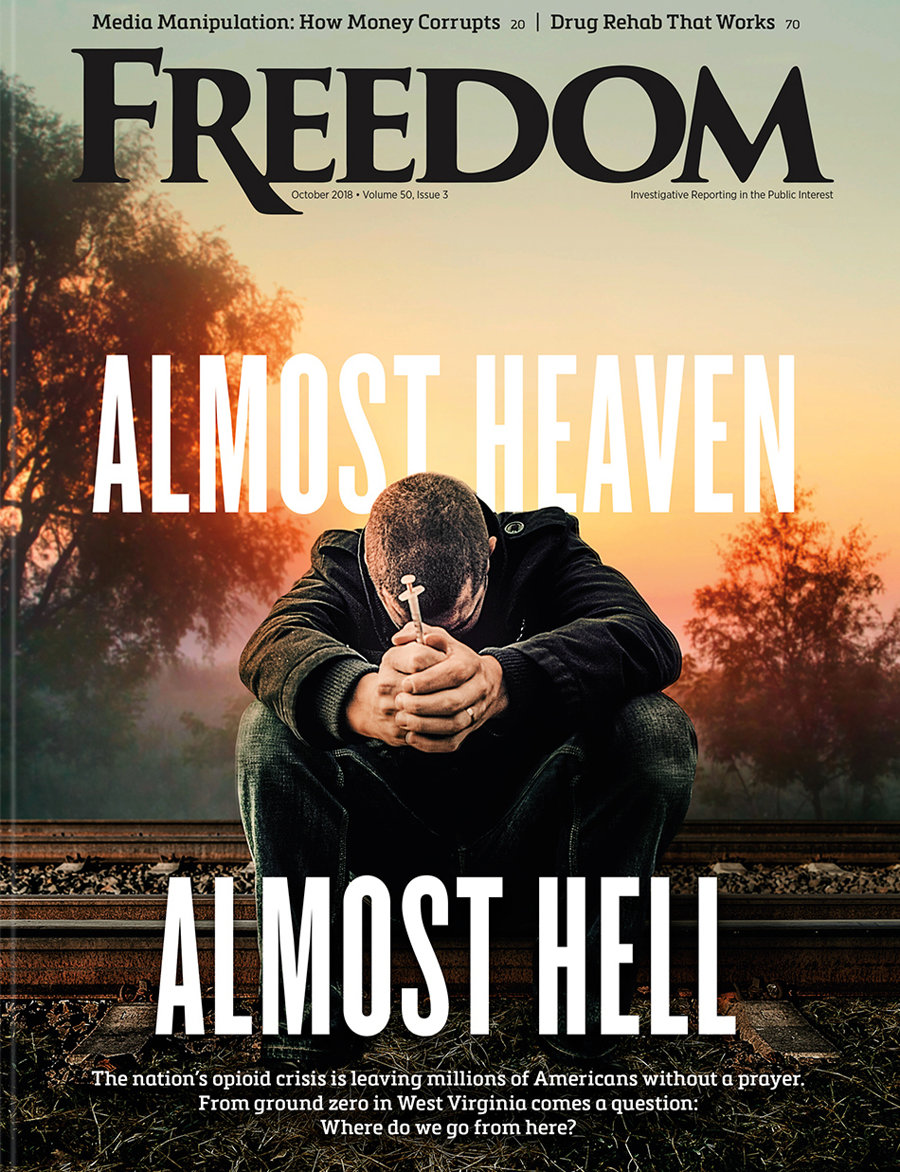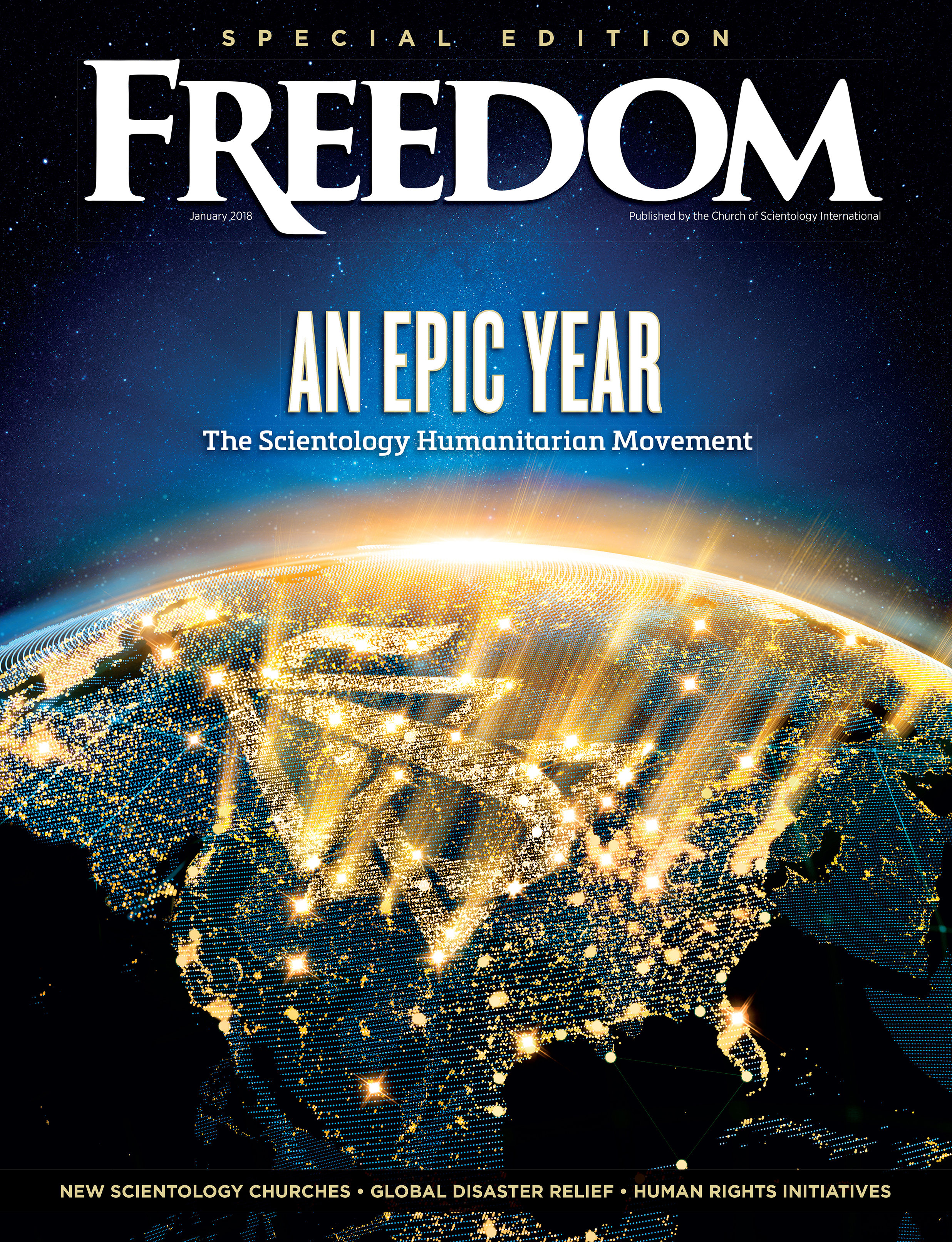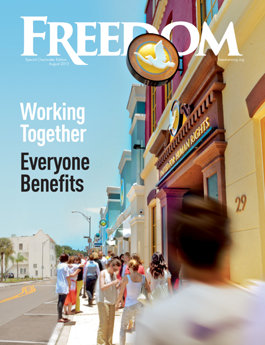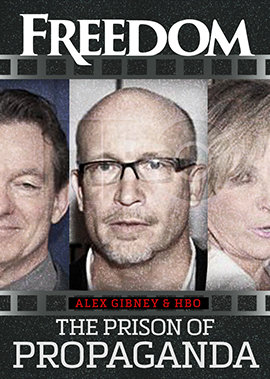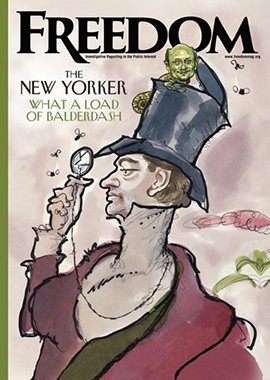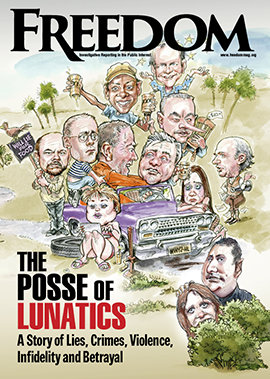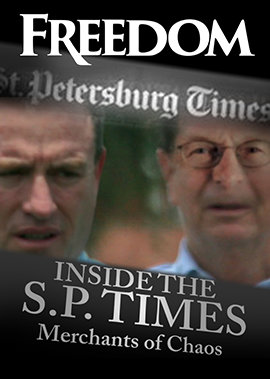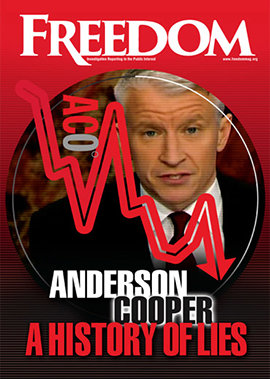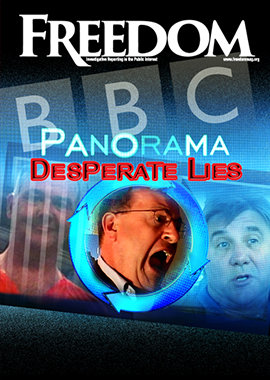Recently, Freedom submitted the below op-ed to the Columbia Journalism Review (CJR) detailing undisclosed conflicts in The San Francisco Standard’s reporting by writer Sam Mondros—a clear test of whether the self-described watchdog of journalism would hold its own profession to account.
The op-ed, titled “Unreported Conflicts in Coverage Destroy Reader Trust,” examined how Mondros relied on discredited anti-religious blogger Tony Ortega—without disclosing his bias, history of fabrications or past defense of Backpage.com, later shut down for facilitating sex trafficking. It argued that such omissions aren’t harmless oversights but breaches of the profession’s social contract: Transparency, not secrecy, is what separates journalism from propaganda.
CJR didn’t reject the piece. They simply ignored it. No acknowledgment, no reply, no engagement—silence as policy.
When watchdogs pretend to guard the gate while sleeping through the break-in, they become enablers of the very abuses they claim to expose.
Before publishing this article, Freedom sought comment from CJR. Again, no response. After briefly assuming their initials stood for “Can’t Just Respond,” our staff settled on a likelier diagnosis: CJR is the canary in the media coal mine that has stopped singing—earning itself a new epitaph, the Canary Just Resigned. And if the once-hallowed watchdog is still searching for a rebrand, we have a modest proposal: Columbia Justification Review.
Until it can meet the ethical standards it demands of others, CJR’s claim to moral authority remains as hollow as its inbox.
Unreported Conflicts in Coverage Destroy Reader Trust
The public looks for objectivity in journalism and has a keen nose for sniffing out failures to disclose. The price is paid in loss of trust. In July, for example, the Standard’s Sam Mondros ran an article that improperly covered the religion of its subject, while relying heavily on one so-called “expert”—Tony Ortega.
What readers weren’t told is what the Standard knew: Ortega is not a reliable source, but a longtime anti-religious blogger whose track record includes defending Backpage.com (later shut down by the FBI for facilitating child sex trafficking) and fabricating a hoax story so brazen it drew official condemnation from a state governor’s office—earning a rebuke from Columbia Journalism Review itself in 2005 for “betray[ing] readers’ trust.”
None of that appeared in the Standard piece.
Without disclosure, readers are flying blind.
The omissions weren’t accidental—the newspaper had been given ample information. They just chose to hide it.
What makes the lapse particularly corrosive is that it wasn’t committed by an amateur blog or a partisan gossip site. Instead, it came from a well-funded, professionally staffed newsroom whose leadership hails from marquee legacy brands.
That pedigree carries with it an implicit promise: that editorial judgment will be rigorous, sourcing will be scrutinized and conflicts will be handled with the same seriousness as accuracy. When such an outlet flouts those expectations, it doesn’t just fail in one article—it chips away at the trust that its brand equity depends on.
And in the current media climate, every such chip becomes ammunition for those eager to dismiss all journalism as biased, agenda-driven or corrupt.
This is exactly what journalism’s conflict-of-interest rule exists to prevent: When sources have ideological, financial or personal stakes in the story, readers deserve to know. The Society of Professional Journalists’ Code of Ethics puts it plainly in 21 words that almost beg to be italicized: Identify sources clearly. The public is entitled to as much information as possible to judge the reliability and motivations of sources.
Indeed, without disclosure, readers are flying blind.
The SPJ’s rule isn’t a nicety—it’s the firewall that separates reporting from becoming propaganda. From the earliest newsroom ethics codes in the 1920s to policies at American Public Media Reports and The Washington Post today, disclosure has been treated as non-negotiable because public trust depends on it.
History shows why. Legendary journalist Edward R. Murrow’s anti-McCarthy broadcasts and Watergate-era investigations both stood on credibility earned in part through transparent sourcing. Conversely, “checkbook journalism”—paying for access—has tainted stories from supermarket tabloids to mainstream newsrooms. In India, investigative outlet Tehelka’s celebrated 2001 sting operation was shadowed by ethics questions after undercover operatives allegedly offered prostitutes to officials. In every case, failure to address conflicts—real or perceived—undermined the journalism itself.
This is how trust dies—incrementally, through omission.
Today, the risks are sharper. Digital newsrooms operate under relentless economic pressure; outrage and clicks are their lifeblood. That environment rewards speed, ideological affinity and the use of “expert” sources whose views align neatly with a predetermined narrative. Disclosure, then, when it happens at all, is too often reduced to fine print—or skipped entirely.
That’s why the Standard’s Ortega piece isn’t an isolated lapse. It’s a textbook example of how omitting conflict-of-interest information erodes credibility. By presenting as neutral an anti-religious figure—one who has gone so far as to deride Christians as “tithe-making suckers” and mock God as “a small-minded wanker” and a “conniving, underhanded and petty biatch”—the outlet manufactured a veneer of objectivity while advancing a partisan frame.
This is how trust dies—incrementally, through omission. A recent Pew survey found Americans increasingly skeptical of media integrity, with confidence in journalism near historic lows. And each time a newsroom ignores a basic safeguard, that skepticism deepens.
The fix is straightforward:
- First: disclose. Always. List affiliations, histories, ideological leanings—especially when elevating someone as an authority.
- Second: separate. Where conflicts exist, implement editorial firewalls, reassign coverage or recuse.
- Third: educate. Train reporters and editors to spot ideological and relational conflicts, not just financial ones.
- Fourth: enforce. Ethical breaches deserve internal review and public correction, not quiet deflection.
The Standard case could have been a model in transparency: Here’s our source, here’s their history, here’s why we quoted them anyway. Instead, it became a cautionary tale—a reminder that ethics codes are meaningless unless they’re applied.
Journalism’s social contract is simple: Tell the truth, and tell it whole. That includes telling the truth about the people we put forward as credible voices. Ignore that, and we don’t just fail our readers. We fail the profession itself.






